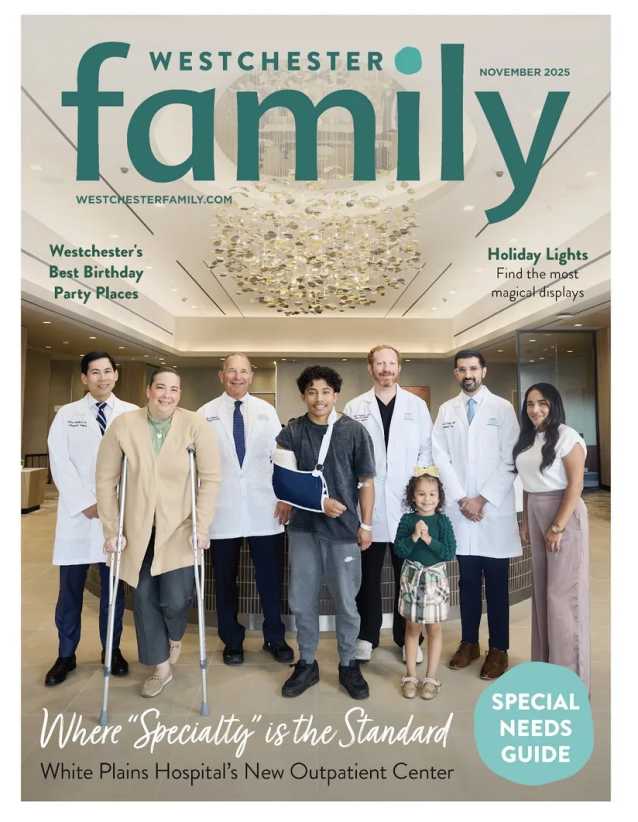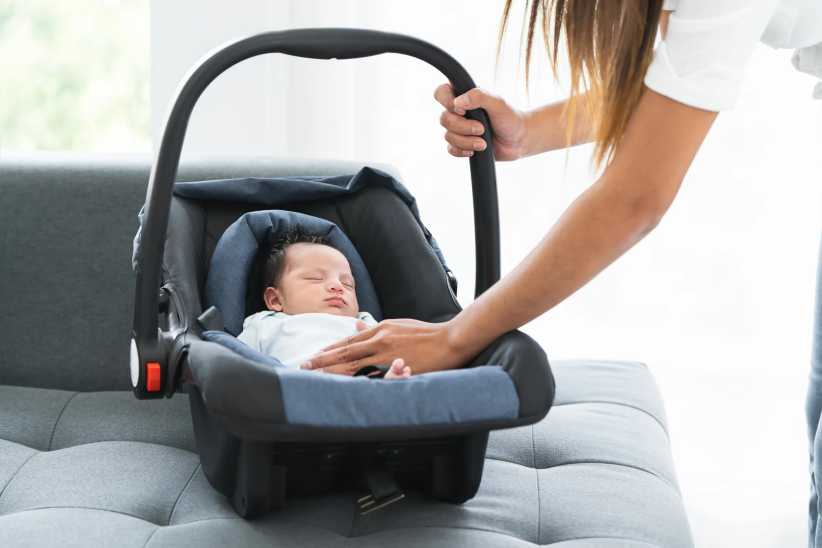Why Prenatal Yoga?
For many women, they’re choosing prenatal yoga as an alternative to the activity they were previously involved in, like running or cycling. For others, it’s a natural transition from their already established yoga practice. One of the attractions to prenatal yoga is the sense of community. It’s unlikely that the pregnant woman already has a network of friends that are going through pregnancy at the exact same time. It’s helpful to find inclusion in a space where other women are experiencing the same physical and emotional journey. This bonding time creates a springboard for long-lasting friendships among the students. 
The physical component of a prenatal yoga practice is multi-faceted. On a practical level, the asanas (poses) chosen for class are to help alleviate common aches and pains of pregnancy. As the director of the Prenatal Yoga Center, I put a lot of emphasis on our teachers being very familiar with the anatomical and physiological changes of the pregnant body, as well as the therapeutic applications of pregnancy discomforts and having the skill set to help remedy these common issues. There is also a strong focus on preparing the pelvis for birth and including asanas that will support creating both stability and flexibility of the pelvis. When the pelvis is balanced, there is a greater likelihood of the baby aligning in optimal fetal position (this means an easier birth). The final element to the physical practice is to help instill a sense of confidence, trust, and empowerment. We purposely include poses that are safe but challenging. This allows an expectant mother to start to experiment with an array of coping mechanisms that resonate with her. One particular study has shown that the practice of prenatal yoga raises the threshold of the mind-body relationship with pain and decreasing one’s need to actively respond to unpleasant physical sensations. Facing the physical and emotional obstacles of challenging poses gives the mother the opportunity to learn to surrender to sensation and build trust in her body and mind’s capability.
In our Childbirth Education class, we interweave childbirth education themes and current birthing trends. Our intention is that the expectant mothers will feel more confident and prepared to make conscious, educated decisions during pregnancy, labor, delivery, and motherhood.
Why Post-Natal Yoga?
The postpartum period is deceivingly complicated. Many may think: “Well, the baby is out, I should be back to normal and can just jump back into my old routine or former yoga practice.” The fact is that this idea is far from correct. During pregnancy, the strength of the pelvic floor, abdominal muscles, and back muscles have been compromised. The center of gravity has shifted and the joints are still unstable. Time should be dedicated to restoring these atrophied areas. For up to six months postpartum, the body still contains relaxin, the hormone responsible for softening ligaments and tendons, which leads to joint instability. Our postnatal classes are structured in such a way to promote injury prevention and encourage smooth transitions between asanas.
[gravityform id=”15″ title=”false” description=”false” ajax=”true”]
We offer post-natal yoga classes and mommy & me yoga classes that specifically focus on rebuilding the parts of the body that have been weakened during pregnancy and relax the other parts of the body that are overtaxed during postpartum, such as the neck, shoulders, and upper back. We also include some much-needed restorative poses into the class.
One of our regular post-natal yoga students recently attended a “normal” yoga class and explained that she was surprised that the class didn’t focus on any pelvic floor strengtheners. I reminded her that while a strong, healthy pelvic floor can benefit everyone, it’s not really on the radar of those outside the prenatal and post-natal community.
This leads me to one of the most important aspects of our post-natal programs—being a part of a community! When I first returned to teaching post-natal yoga as a new mother, I cherished the 15-20 minutes before class when all the new mothers can chat about what is going on with their bodies and their babies. I love that we have women stay in our postnatal classes years after they have had their baby. If you really think about it, once a woman has a baby, isn’t she always considered “post”-natal?
Debra Flashenberg is the founder and director of the Prenatal Yoga Center. She is a certified labor support doula, Lamaze Childbirth Educator, and certified prenatal yoga instructor. She is continuously in awe of the beauty and brilliance of birth and is a proud mother-of-two. Visit prenatalyogacenter.com for more info!



























